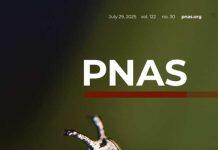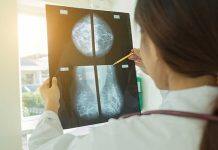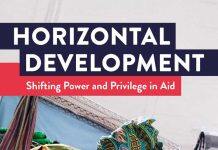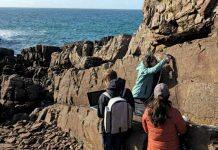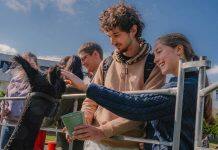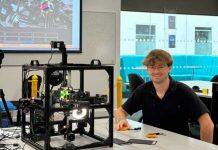Aberdeen school children are using virtual reality to connect with an out of space artefact from NASA’s Get Away Special programme, as part of Robert Gordon University’s (RGUs) innovative Digital Tapestry Project.
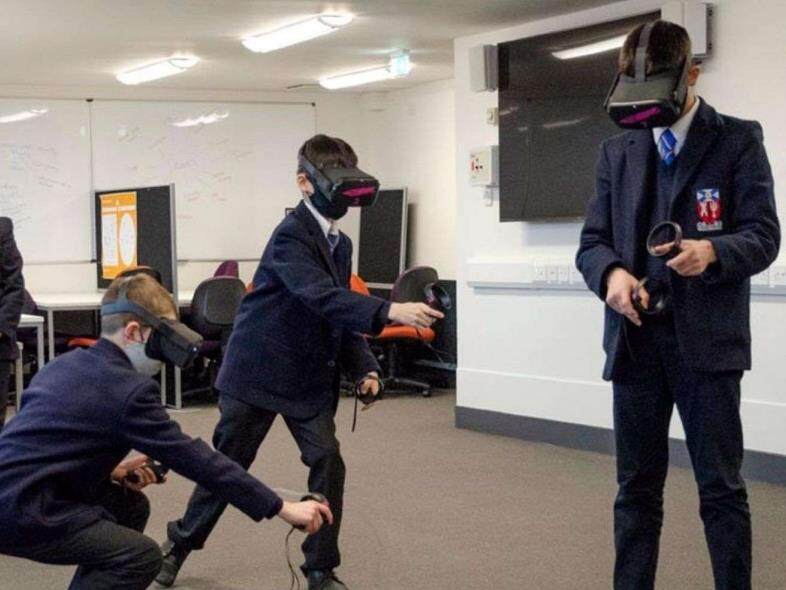

The group of S1 pupils from Aberdeen Grammar School’s Art Club are exploring the NASA artefact ‘The Get-Away-Special’ as part of RGU’s Digital Tapestry Project.
The Digital Tapestry Project is led by RGU’s Art and Heritage Collection in collaboration with the Gray’s School of Art Mobile Art School.
The project is being funded by the COVID-19 Museum Development Fund awarded by Museums Galleries Scotland to the RGU Art and Heritage Collections as part of a drive to build resilience and address challenges brought about by the Coronavirus pandemic.
The school children involved are taking part in an eight-week series of workshops led by RGU Art and Heritage and Mobile Art School, who have created a bespoke space themed orientational game and who are using virtual reality headsets to engage the children.
The Art and Heritage Collections team and the Mobile Art School are now running the remaining workshops to encourage the children to create alien life forms, first with drawings, then modelled in clay which will be 3D scanned, 3D printed and experienced in AR/VR.
The group is also designing a ‘mission patch’ that will be attached to a space suit that they will design for themselves to wear. Ultimately, it’s hoped an exhibition will be held to showcase the children’s work.
Mobile Art School Co-ordinator, Craig Barrowman, said: “The Digital Tapestry Project aims to take the museum beyond the walls of the campus and to make RGU’s Art & Heritage Collection more accessible to the public.
“The collection is a bit like Indiana Jones for kids in that we bring them a treasure trove of artefacts to choose from and they can build stories around them using imagination and creative problem-solving. It is all part of RGU’s drive to engage and foster relations with the wider community and to promote arts and culture across the region.”
Aberdeen Grammar teacher, Elaine Nicol said: “We are delighted to be taking part in this project. Our extra-curricular activities have just started to recover following the pandemic and we feel this has been an amazing opportunity to engage our pupils. Our pupils are enjoying developing ideas and creative outcomes based on the NASA Get Away Special payload, and we are excited to see how this project evolves. So far, a particular favourite was the VR experience.”
RGU Art and Heritage Collection Co-ordinator, George Cheyne said: “This pilot project allows our University Museum project team a wonderful opportunity to work with the community in new ways, raising awareness of some of the surprising collection objects held in RGU, sharing knowledge, stimulating imagination through a diverse mix of scientific, engineered, designed and created objects and artworks. It is all part of our drive to connect the wider community with RGU’s extensive Art and Heritage Collection and to make this more accessible to the public.”
Lucy Casot, CEO of Museums Galleries Scotland said: “We’re delighted to support the RGU Art and Heritage Collections team and partners with the Digital Tapestry Project. This project is helping to break down the barriers to engaging with RGU collections in a fun and meaningful way that connects with different generations of their community.”
The Digital Tapestry project team is also hosting workshops at the Catherine Street Community Centre Craft Group in Aberdeen. The group, which is made up in mostly of older people, come together once a week to create work together. They have been approached to give their perspective of the pilot project and to see how their interactions with the collection items and the Space themed VR experience, might compare with that of the children’s experience.
Project co-ordinator, Fi Loveday explains more: “We are working with younger people at school, as well as a group of older people at the Catherine St, Community Centre, as a key aim of the project is to engage inter-generationally with members of the public who have been severely affected by the Covid-19 pandemic.”


